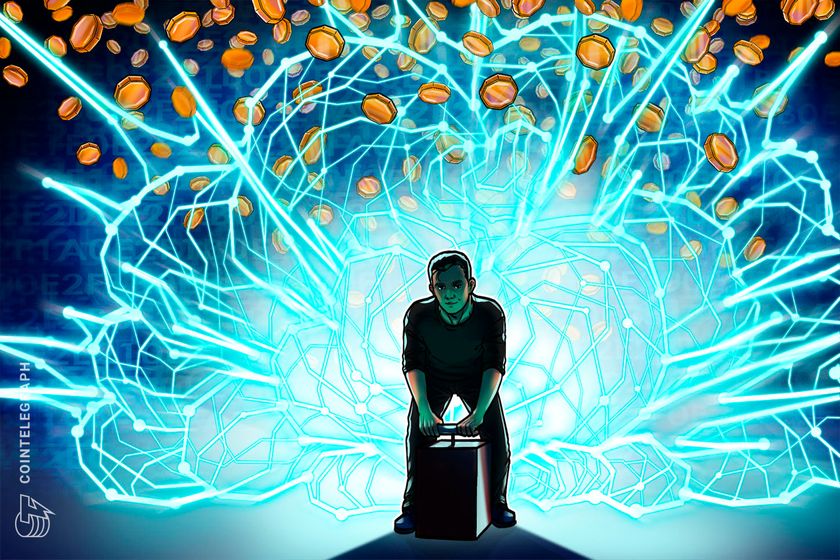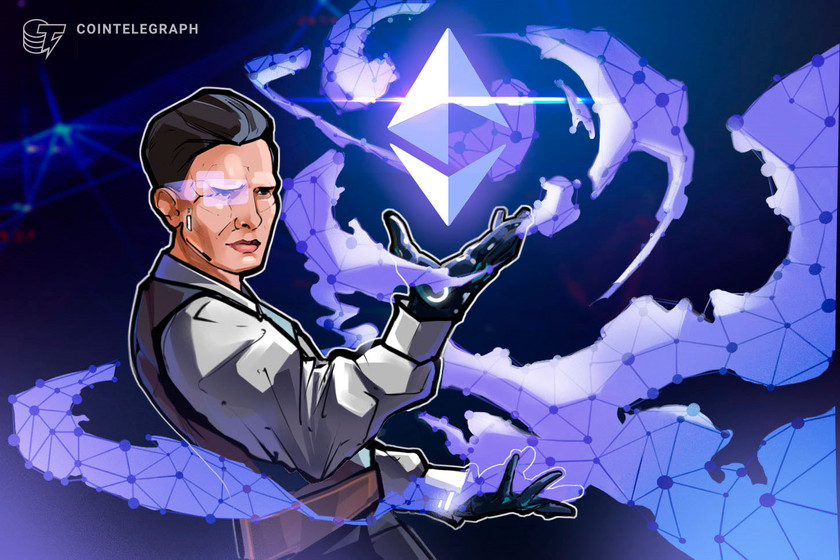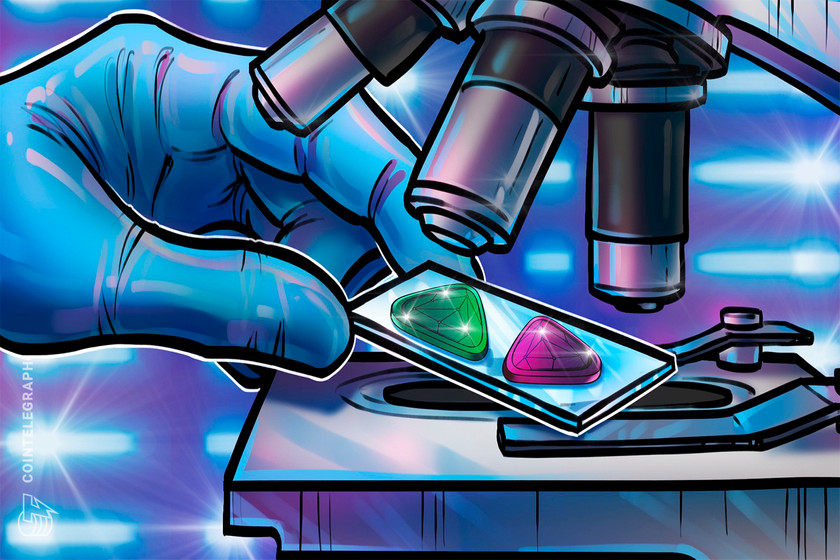Starknet to hand 10% of network fees to devs, with $3.5M in first distribution


The Devonomics initiative from the Starknet Foundation aims to return a portion of network fees to incentivize developers.
Layer-2 network StarkWare and the Starknet Foundation are set to distribute a 10% cut of network fees to developers, a part of a pilot program called “Devonomics.”
In an announcement shared with Cointelegraph on Dec. 12, StarkWare CEO Uri Kolodny said it was allocating a portion of the network fees, provisionally 8%, to decentralized app builders and 2% to infrastructure engineers and core developers through a transparent and open voting process.
“It’s all about giving the hands-on builders a strong voice in shaping the network,” explained Kolodny.
















